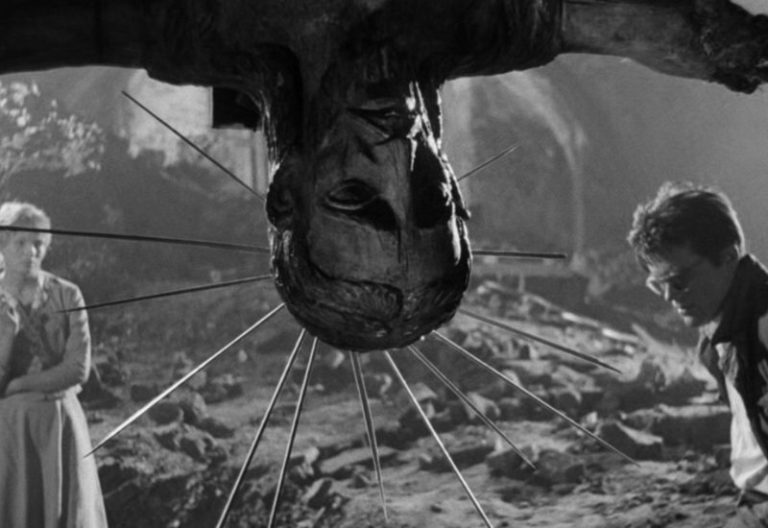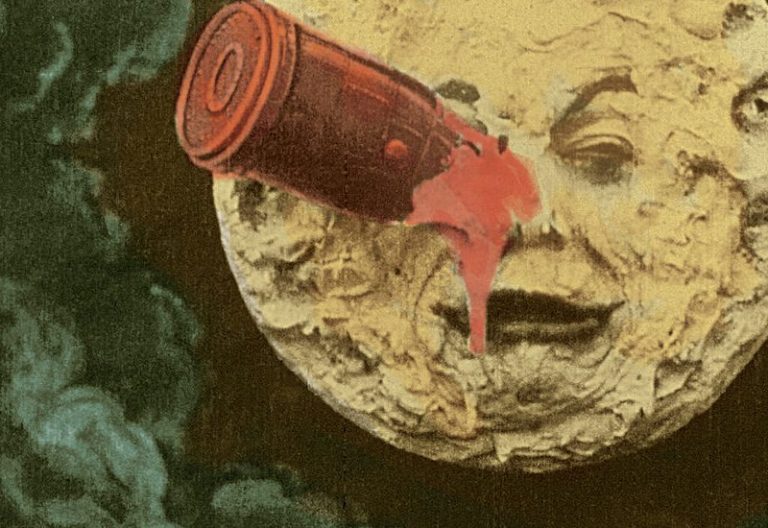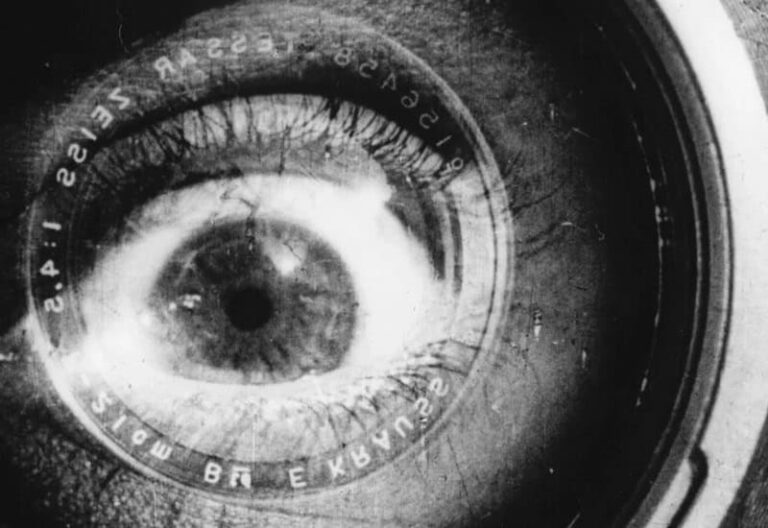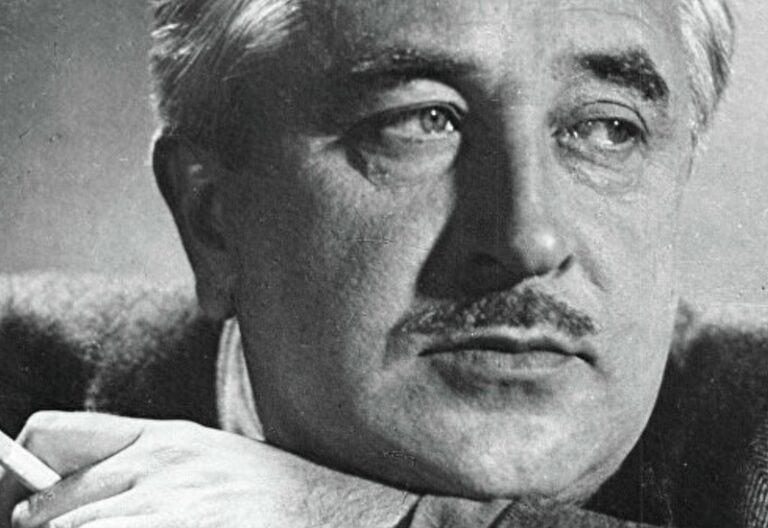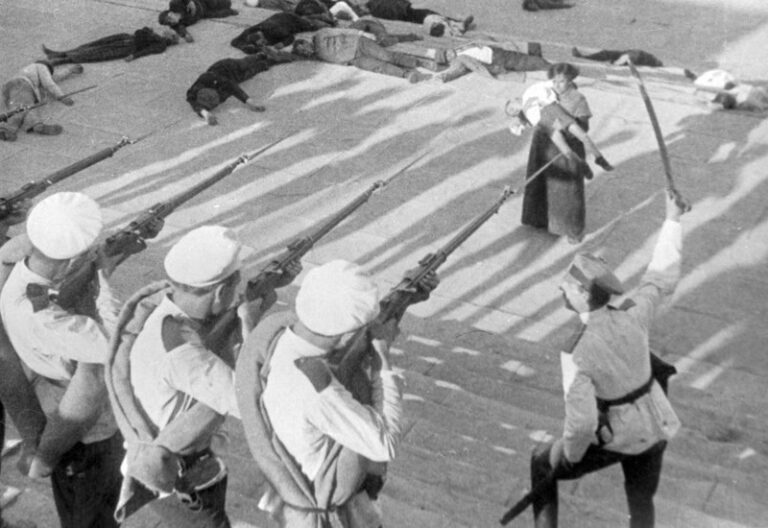soviet montage
est. 1924 – 1935
In the early 20th century, a cinematic revolution was brewing in the Soviet Union, as a group of visionary filmmakers, collectively known as the Soviet Montage School, gathered to redefine the language of cinema and harness its power for political and artistic expression.
Published by: CinemaWaves Team | Filed Under: Film Movements
Origins of Soviet Montage Theory
Soviet Montage Cinema unfolded in the aftermath of the Russian Revolution of 1917. In the wake of political turmoil, the new Soviet government saw cinema as a powerful tool for shaping the of public opinion and spreading revolutionary ideals. Lenin famously declared that cinema was “the most important of the arts” for the new socialist state, leading to an increased focus on developing a distinct cinematic language that could effectively communicate with the masses. Filmmakers were encouraged to experiment with innovative techniques that would serve the ideological goals of the revolution, and this drive for innovation set the stage for the development of the movement.
During the early 1920s, a new generation of Soviet filmmakers, inspired by the revolution and the possibilities of cinema emerged. Directors like Sergei Eisenstein, Vsevolod Pudovkin, and Dziga Vertov began to explore the concept of “montage” as a method of constructing meaning through the editing process. Their interest in montage was partly influenced by the shortage of film stock in post-revolutionary Russia, which forced filmmakers to creatively repurpose footage and edit it in ways that maximized its impact. This practical necessity, combined with a desire to revolutionize cinematic storytelling, led to a new approach to film editing that focused on the juxtaposition of images to generate new ideas and emotional responses. Soviet Montage was further shaped by the intellectual climate of the time, particularly the rise of Constructivism and Marxist theory.
The Kuleshov Effect – Lev Kuleshov’s work is largely considered the basis from which all montage theory is derived. The Kuleshov Effect is a psychological phenomenon by which viewers derive more meaning from the interaction of two sequential shots than from a single shot in isolation.
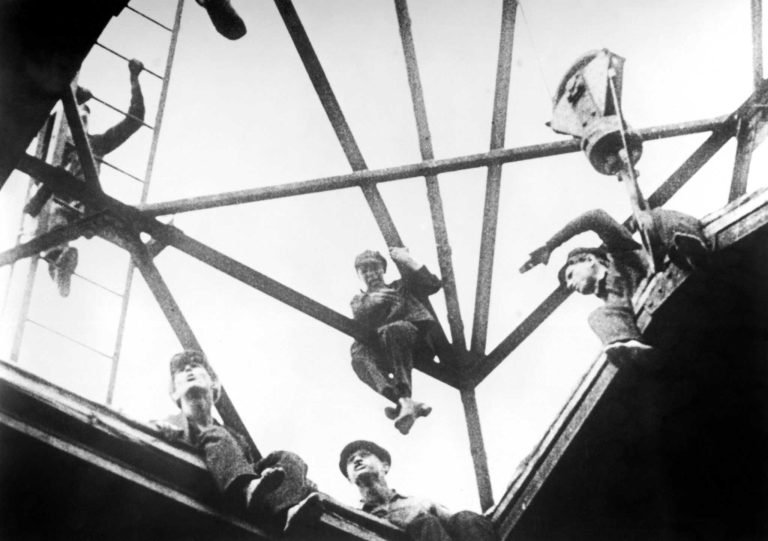

Key Characteristics of Soviet Montage
Montage – At the heart of this theory is the concept of “montage,” which means the assembly or editing of individual shots into a meaningful sequence. Unlike classical continuity editing, where the goal is to create a seamless and invisible flow of images. Soviet Montage filmmakers emphasized the visible and deliberate use of montage as an artistic tool.
Conflict and Contrast – Soviet Montage relies heavily on the use of conflict and contrast. Filmmakers intentionally place shots in opposition to one another, whether through visual, thematic, or emotional contrast. This juxtaposition is intended to create intellectual tension and engage the audience’s critical thinking.
Intellectual Montage – Sergei Eisenstein, one of the central figures of Soviet Montage Theory, introduced this concept. This technique involves editing shots in a way that creates new meaning, often through the collision of images. Eisenstein believed that the combination of shots could produce an emotional and intellectual impact greater than the sum of its individual parts.
Dialectical Montage – Vsevolod Pudovkin expanded on Eisenstein’s ideas with the notion of dialectical montage. This approach involves juxtaposition of opposing shots or ideas to create synthesis and conflict. The audience is encouraged to actively engage with the material and draw their own conclusions.
Rhythmic Editing – Filmmakers in the Soviet Montage tradition used rhythmic editing, where shots and sequences were arranged to create a specific pace and flow. This technique added dynamism and energy to their films and underscored their themes.
Political and social messaging – Many filmmakers used their work to convey political and social messages. They believed that film could be a powerful medium for promoting revolutionary ideals and provoking thoughts about societal issues.

Important Soviet Montage Films and
Directors
Sergei Eisenstein is perhaps the most renowned filmmaker of the Soviet Montage School. His pioneering use of montage to create emotional and intellectual responses in viewers has had a lasting impact on the art of filmmaking. Eisenstein’s film “Battleship Potemkin” (1925) is considered a masterpiece of cinema, particularly noted for its Odessa Steps sequence. This scene employs intellectual montage to build tension and evoke a powerful emotional response, making it one of the most studied and referenced sequences in film history.
Another influential figure in Soviet Montage cinema is Dziga Vertov, known for his experimental and innovative approach to filmmaking. His documentary “Man with a Movie Camera” (1929) is a groundbreaking work that showcases his concept of “kino-eye,” the idea that the camera lens could capture reality more accurately than the human eye. The film is celebrated for its inventive use of rhythmic editing and its dynamic portrayal of urban life in Soviet Union.
Vsevolod Pudovkin contributed significantly to the development of montage theory with his emphasis on the psychological and emotional impact of editing. His film “Mother” (1926) exemplifies his approach to dialectical montage, where the juxtaposition of opposing shots creates a synthesis that conveys complex ideas and emotions. Pudovkin’s work demonstrates how montage can be used not just for narrative progression but also for deepening the audience’s emotional engagement and understanding of the film’s themes.
Legacy and Influence of soviet montage
As for being an important film movement, Soviet Montage Cinema was also a vehicle for political and social expression during a tumultuous period in history. It left an indelible mark on the world of filmmaking, and its innovative techniques have influenced filmmakers across generations and continents. Directors like Alfred Hitchcock, Akira Kurosawa, and Martin Scorsese have drawn direct inspiration from the movement, incorporating its editing and storytelling innovations into their own works.
The enduring legacy of Soviet Montage Cinema reminds us of the power of film as a tool for both artistic creativity and societal reflection. It remains a testament to the audacious belief that film can be an agent of change and enlightenment, forever reshaping the art of storytelling in film and beyond. Its influence extends to contemporary filmmakers and film schools, where the principles of montage are still studied and applied.
Refer to the Listed Films for the recommended works associated with the movement. Also, check out the rest of the Film Movements on our website.
The Polish Film School, referred to as the Polish New Wave, is an influential film movement that originated in the post-World War II era. It stands as a beacon of creativity…
The term “Cinema of Attractions” is one of the most intriguing and transformative periods in the history of film studies. Coined by film scholar Tom Gunning, this concept…
German Expressionism stands out as one of the most distinctive styles in the era of silent film. Expressionism, as an artistic movement, originally emerged in poetry…
Kino-Eye (Cine-Eye) was a pioneering film technique founded by Soviet filmmaker Dziga Vertov in the early 1920s. It emerged as part of a larger avant-garde movement in…
The Kuleshov Effect is one of the most influential concepts in film theory, demonstrating the power of editing to create meaning and manipulate our perception. Named after…
Juxtaposition is a powerful storytelling technique where two or more contrasting elements are placed side by side to highlight their differences or to create a new, often more…

